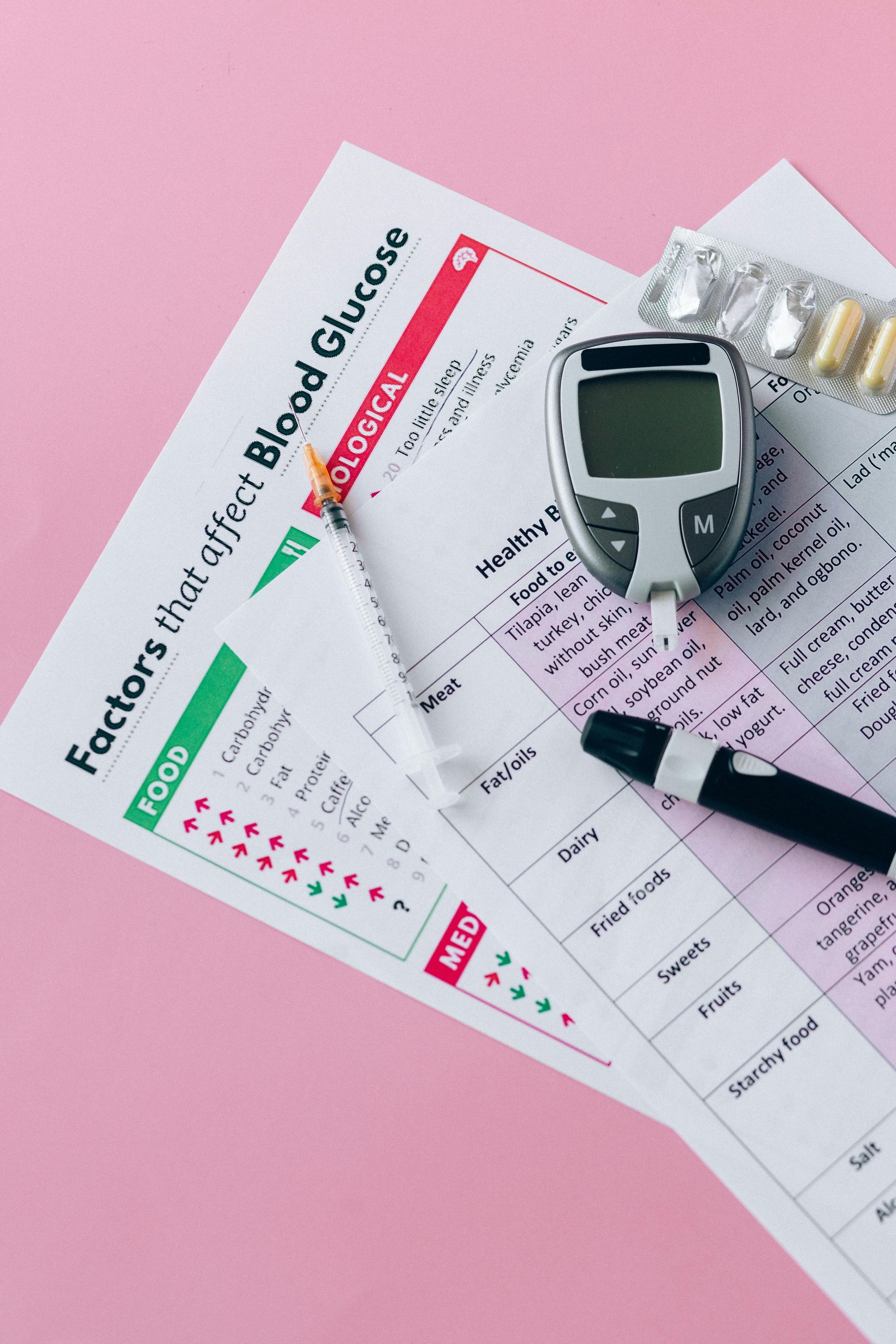Mohamad-Ali Salloum is a Pharmacist and science writer. He loves simplifying science to the general public and healthcare students through words and illustrations. When he's not working, you can usually find him in the gym, reading a book, or learning a new skill.
Understanding VOC Crises in Sickle Cell Patients: Causes, Risk Factors, Pathophysiology, Molecular Biology, and Management.
Share
- Pain Management: Pain is the most immediate and distressing symptom of a VOC. Non-steroidal anti-inflammatory drugs (NSAIDs) like ibuprofen can be used for mild to moderate pain. For severe pain, opioids such as morphine may be prescribed. It’s important to note that these medications should be used under the supervision of a healthcare provider due to their potential side effects and risk of dependency.
- Hydroxyurea: Hydroxyurea is an oral medication that reduces the frequency of VOCs by increasing the production of fetal hemoglobin. Fetal hemoglobin is a type of hemoglobin that does not sickle, so its presence in the blood can prevent the formation of sickle cells. The typical starting dose for adults is 15mg/kg per day, which can be increased gradually to a maximum of 35mg/kg per day based on the patient’s response and tolerance. Regular blood tests are required to monitor the effects of hydroxyurea and adjust the dose if necessary.
- Blood Transfusions: Regular blood transfusions can reduce the number of sickle cells in the body, thereby decreasing the frequency of VOCs. However, repeated blood transfusions can lead to complications such as iron overload, so they are typically reserved for severe cases.
- L-glutamine oral powder: It is a medication that helps to reduce the acute complications of sickle cell disease. It works by reducing oxidative stress in sickle cells, which can help to prevent cell sickling and the subsequent blockage of blood vessels. The typical dose is 5 grams (1 packet) taken orally twice daily.
- Voxelotor: It is a medication that increases hemoglobin’s affinity for oxygen, preventing the cells from sickling. The typical dose is 1500 mg taken orally once daily. This medication can cause side effects such as headache, diarrhea, abdominal pain, nausea, fatigue, rash, and fever.
- Crizanlizumab: It is a monoclonal antibody that blocks P-selectin, a substance on the surface of cells that contributes to the blockage of blood vessels in sickle cell disease. By blocking P-selectin, crizanlizumab can help to prevent VOCs. The typical dose is 5 mg/kg given by intravenous infusion on days 1, 8, 15 and then every 4 weeks.
Resources:
1)Platt OS, Brambilla DJ, Rosse WF, et al. Mortality in sickle cell disease. Life expectancy and risk factors for early death. N Engl J Med. 1994;330(23):1639-1644.
2)Brousseau DC, Panepinto JA, Nimmer M, et al. The number of people with sickle-cell disease in the United States: national and state estimates. Am J Hematol. 2010;85(1):77-78. Gladwin MT, Vichinsky E. Pulmonary complications of sickle cell disease. N Engl J Med. 2008;359(21):2254-2265.
3)Steinberg MH. Management of sickle cell disease. N Engl J Med. 1999;340(13):1021-1030. Charache S, Terrin ML, Moore RD, et al. Effect of hydroxyurea on the frequency of painful crises in sickle cell anemia. N Engl J Med. 1995;332(20):1317-1322.
4)Ballas SK. Sickle cell pain: a critical reappraisal. Blood. 2015;125(23):3685-3691.
5)Platt OS. Sickle cell anemia as an inflammatory disease. J Clin Invest. 2000;106(3):337-338. Kato GJ, Steinberg MH, Gladwin MT. Intravascular hemolysis and the pathophysiology of sickle cell disease. J Clin Invest. 2017;127(3):750-760.
6)Telen MJ. Beyond hydroxyurea: new and old drugs in the pipeline for sickle cell disease. Blood. 2016;127(7):810 819.
7)National Heart, Lung, and Blood Institute. Evidence-based management of sickle cell disease: expert panel report, 2014. Accessed September 15, 2021. https://www.nhlbi.nih.gov/health-topics/evidence-based-management-sickle-cell-disease
List of Services
ABOUT THE AUTHOR
Mohamad-Ali Salloum, PharmD
Share
Recent articles:





















